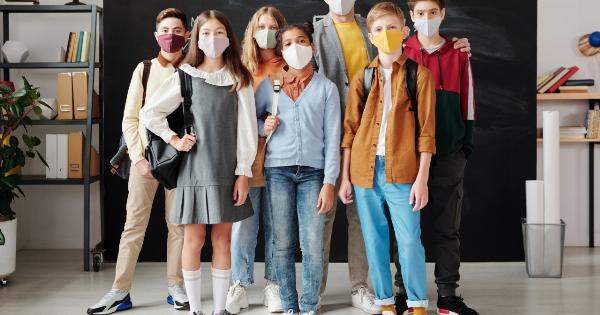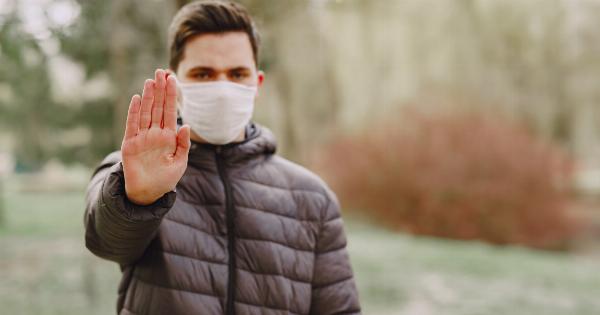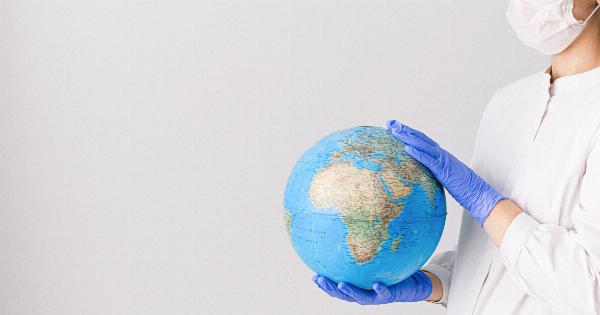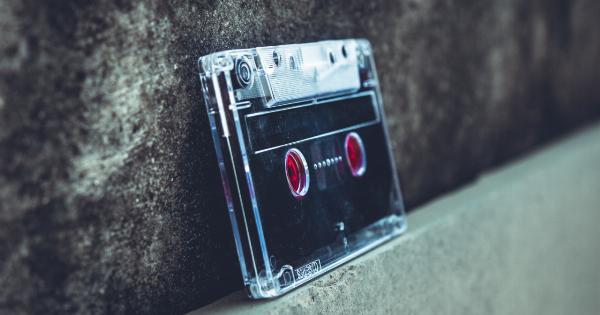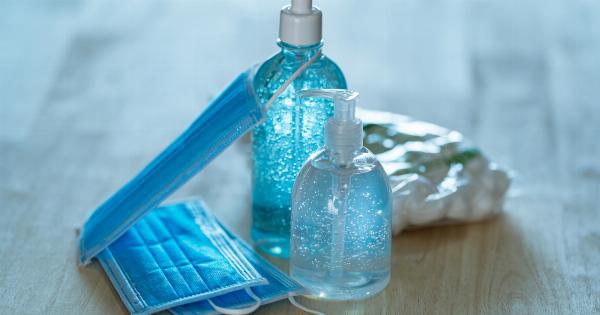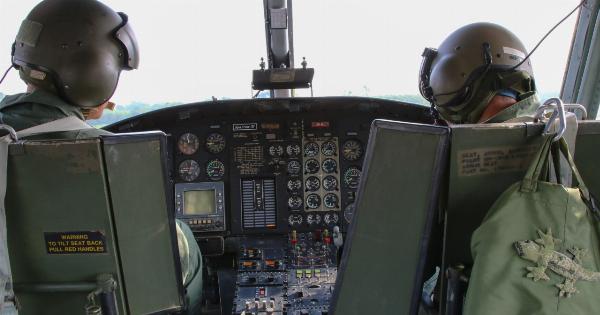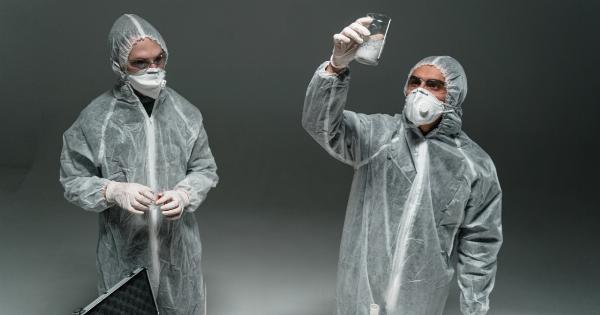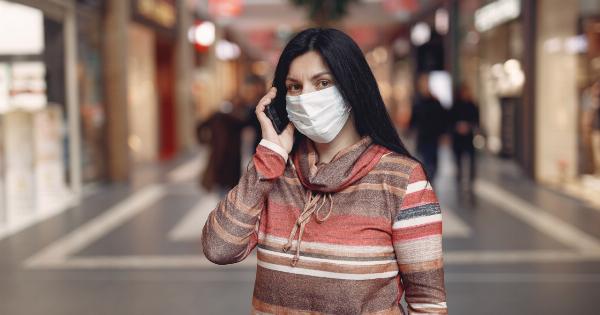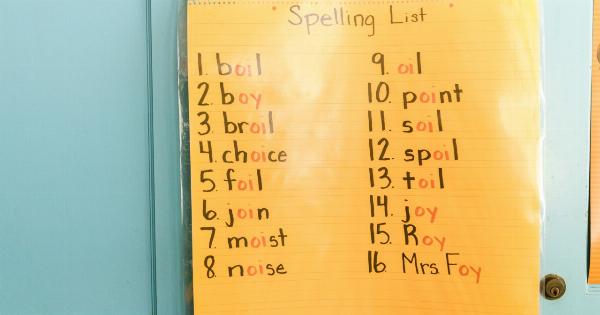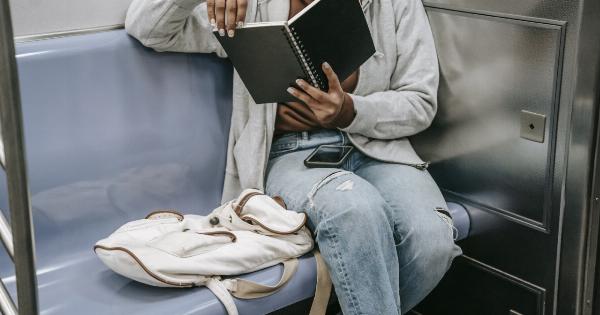The COVID-19 pandemic has brought important changes to our daily lives, including the need to incorporate new habits to keep us safe. One of the most significant changes in our society has been the introduction of protective face masks.
With schools reopening, it is essential to provide students with a comprehensive handbook on the use of masks.
Why Wearing a Mask is Important in School
Wearing a mask has become an essential form of protection for students against the spread of the COVID-19 virus. It is highly recommended to wear masks in school to reduce the chances of transmission and to keep all individuals safe.
Respiratory droplets can travel up to six feet, and wearing a mask limits the spread of these droplets. Masks are also essential to prevent asymptomatic carriers from spreading the virus.
Types of Masks
There are different types of masks that students can use. It is essential to understand the qualities of each kind of mask to effectively protect oneself and others. The following are the types of masks that are highly recommended for school settings:.
- Surgical Masks: These are disposable masks made of three layers of material, including an outer layer of non-woven fabric that filters out large particles, a middle layer of melt-blown fabric that filters out smaller particles, and an inner layer that absorbs moisture. These are best for single-use and should not be shared.
- N95 Masks: These are respirator masks that are highly effective at filtering out at least 95% of airborne particles. These are best for healthcare professionals but may be suitable for school staff in some cases.
- Cloth Masks: These are reusable masks made of cloth, such as cotton, silk, and chiffon. They are highly effective in reducing the spread of respiratory droplets, especially when used with a filter.
Mask Fitting
Proper mask fitting is crucial for the effectiveness of masks. Students should use the following tips to ensure that their masks fit correctly:.
- Cover your nose and mouth and ensure that there are no gaps on the sides of the mask.
- Adjust the ear loops or ties to fit snugly but comfortably.
- Use the nose wire to mold the mask to your face.
- Do not touch the mask while wearing it.
Masks and Physical Distancing
While masks are essential, they should only be used in conjunction with physical distancing measures. Even with a mask, it is still essential to keep at least six feet of distance between individuals.
Students should avoid crowded areas, maintain physical distance, and practice regular hand hygiene.
Masks and Talking
Wearing a mask can make communication difficult, especially in a classroom setting where students need to listen to their teachers and each other. Students can follow these tips to improve communication while wearing a mask:.
- Speak louder and slower than usual
- Use clear and concise language
- Avoid covering your mouth while speaking
- Use non-verbal cues, such as head nods and hand gestures
Masks and Eating
While eating, students cannot wear masks. However, it is essential to maintain physical distance while eating and to practice regular hand hygiene.
It is recommended to eat in designated areas that allow for physical distancing, such as a cafeteria or outdoors.
Cleaning and Maintaining Masks
Wearing a clean and well-maintained mask is crucial for its effectiveness. Students should follow these guidelines to clean and maintain their masks:.
- Wash cloth masks regularly with soap and water. Ideally, students should have multiple masks to use throughout the week.
- Disposable masks should not be reused and should be discarded after use.
- Avoid touching the front of the mask or removing it while in use. If a student needs to remove their mask, they should do so by the ear loops or ties.
Exceptions to Mask Use
Some students may not be able to wear masks, such as those with certain medical conditions. In such cases, schools should make suitable accommodations and provide alternative forms of protection, such as face shields or remote learning options.
Conclusion
Wearing a mask is an essential form of protection in today’s society. By following the guidelines outlined above, students can protect themselves and others, reducing the spread of the COVID-19 virus within school environments.

